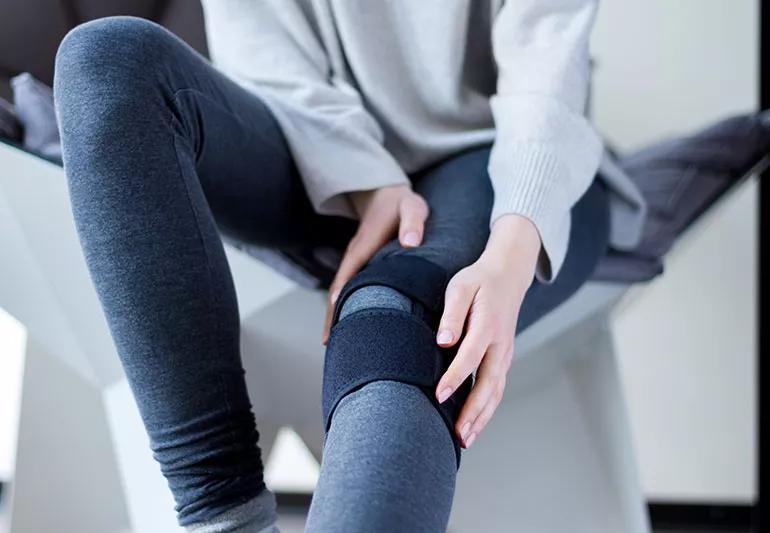Your age and other factors may affect this injury

A meniscus tear is among the most common knee injuries, but you might be surprised to learn that your doctor may treat your injury differently, depending on how old you are.
Advertisement
Cleveland Clinic is a non-profit academic medical center. Advertising on our site helps support our mission. We do not endorse non-Cleveland Clinic products or services. Policy
A meniscal tear is a tear in the cartilages, or menisci, that are located between the two bones that make up your leg. “Treatment depends on several factors, from your age to the overall condition of the meniscus,” says orthopaedic surgeon Richard Parker, MD.
Like an insole in your shoe, menisci help absorb shock by providing a cushion between the upper and lower leg bones where they meet in the knee area. There are two of these crescent-shaped pieces of cartilage in each knee.
Meniscus tears often originate from a sudden twisting movement. The condition also can be caused by degenerative diseases like osteoarthritis. The injuries are sometimes sports-related, but they can also happen when you’re simply going about your everyday activities.
“This is true especially as you get older. Menisci start to get weaker around age 30, which means your risk of a tear increases as you age,” says Dr. Parker.
The short answer is that you may not know. “You can live with a meniscus tear,” Dr. Parker says. “And it may heal on its own, or just not cause you problems.”
However, you’ll know pretty quickly when it is a problem. You may hear a popping sound when it happens, and your knee may hurt. It also may swell and feel stiff, and you might have problems moving your knee or straightening it completely.
Advertisement
You can’t diagnose a meniscus tear on your own, but the answers to a handful of questions — such as where and when it hurts — can help your doctor uncover the cause of your knee pain.
If you think you’ve torn your meniscus, Dr. Parker recommends trying the steps spelled out in RICE as the first line of defense:
If these steps don’t help, your doctor may recommend one of two options: physical therapy or knee arthroscopy, a type of surgery. “In the past, it was typically surgery first and then physical therapy, but that has changed in recent years,” Dr. Parker notes.
“For those over the age of 40, or if you have arthritis, physical therapy alone may be as effective as surgery,” he says.
One of the benefits of starting with physical therapy is that you can still have knee arthroscopy if it isn’t effective. Another is that physical therapy doesn’t pose the same risks as surgery.
Arthroscopy is a common, safe surgical procedure used to diagnose and treat knee and other joint problems. But an infection risk or problems with anesthesia are possible with any surgery.
Finally, surgery might not fix the problem if, for example, there’s too much wear on the meniscus. Not all meniscus tears can be repaired surgically.
You can’t stop the aging process or the normal wear it causes to your menisci, but you can make changes in your diet and exercise to keep your joints healthy. But bear in mind that not all exercises are beneficial.
Dr. Parker’s top recommendation as you get older is to avoid doing deep knee squats and similar activities. “They put a lot of stress on your knees,” he says, and the potential health benefit is offset by the potential for injury.
That doesn’t mean you shouldn’t continue exercising or get started on a healthier lifestyle. Among other general injury prevention tips, Dr. Parker says, “the best advice is to take it slow and listen to your body as you exercise.”
Advertisement
Learn more about our editorial process.
Advertisement

The simple and inexpensive band is a proven way to ease your knee pain

Running doesn’t cause knee arthritis, but you can take steps to minimize cartilage damage

Proper form is important when pivoting, turning and landing

Most recommended precautions center around minimizing bruising or swelling

Even one drink can have an impact on your cognitive function leading to slurred speech, blurred vision and impaired memory

Understand who may (and may not) benefit

Type 2 diabetes isn’t inevitable with these dietary changes

Applying a hot or cold compress can help with pain